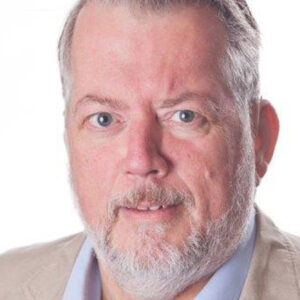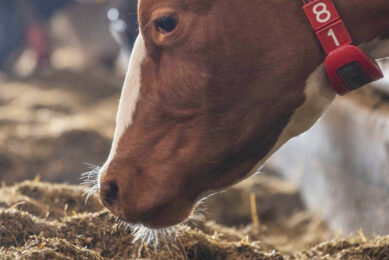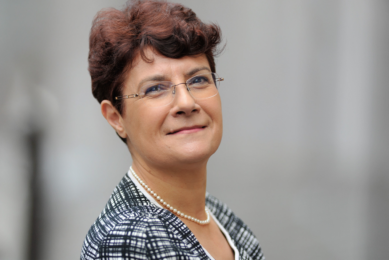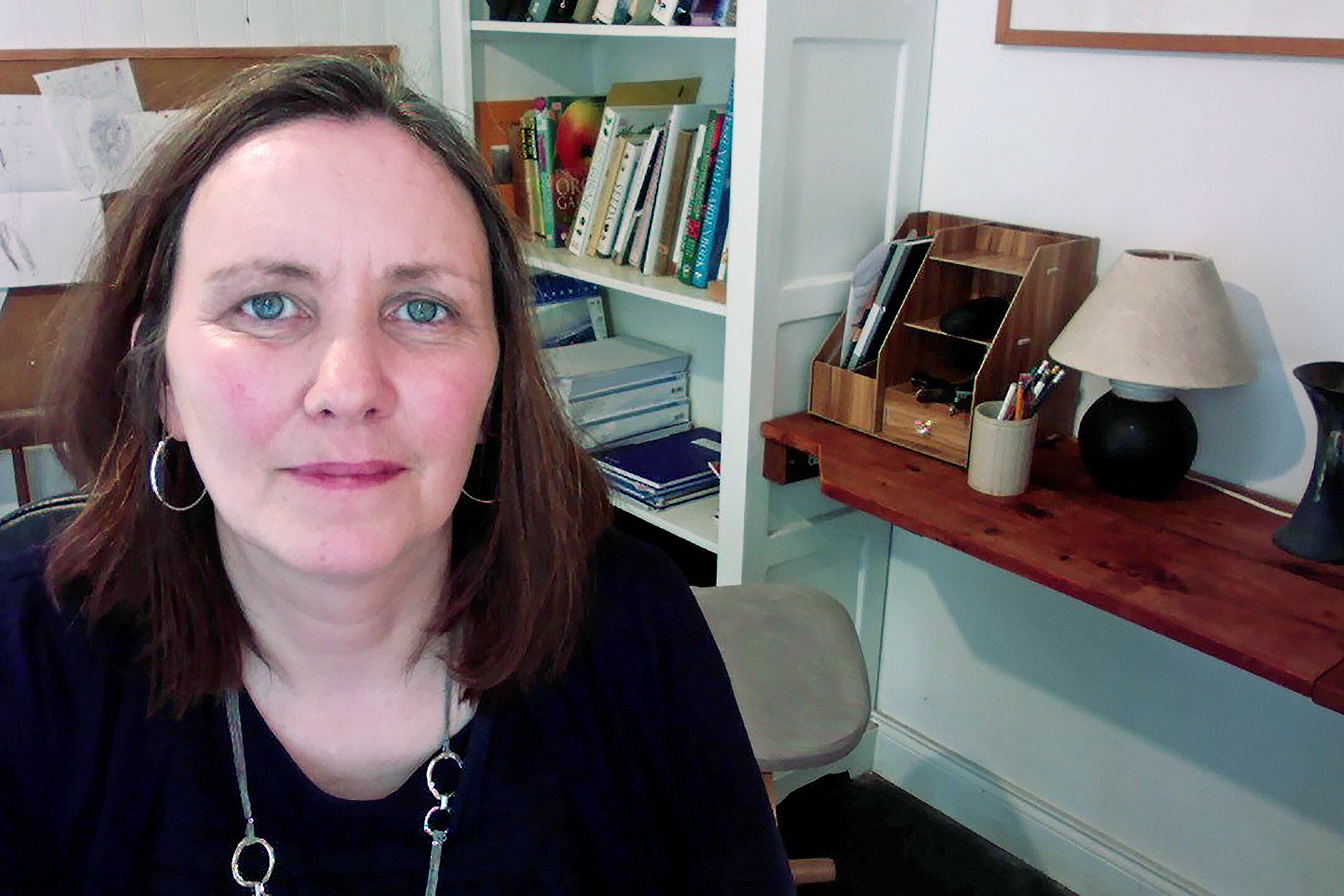Gulf region: Major threats are lurking in dairy
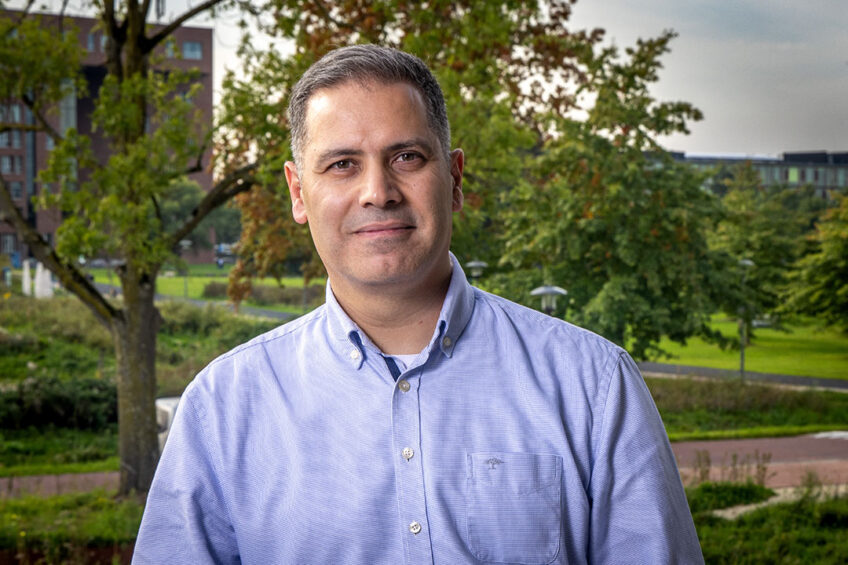
Dairy farming in the Gulf region has grown rapidly over the past 35 years, from virtually 0 to 350,000 cows on very large-scale farms. Most milk is processed on site into fresh dairy products. Payment is made per litre, as long as the milk has more than 3.3% fat and 3.2% protein. The companies are partly privately owned and partly owned by local governments. “But after a number of very successful years, major threats are lurking,” says Loay El Abiad, dairy farming consultant for Artat Enterprise, adding that 3 or 4 completely different things will make further growth difficult in the coming years.
What are the threats?
“Firstly, the climate: the drought and heat. This has of course played an important role since the start of dairy farming here. But the problems are increasing due to the ever-increasing production level and climate change. This summer it was warmer than 51 degrees here for the first time. In winter the temperature does not fall below 15 degrees, so the cows experience long months of heat stress, because heat stress already starts at 21 degrees. And yet the better companies produce between 40kg and 45kg of milk per cow per day, with far more than 10,000 cows.”
What are the Saudi companies doing about this?
“They are focusing on cooling across the board. The latest development is a very airy cement layer as a cheaper alternative to the 25cm thick sandwich panels on the stable roofs. That lowers the temperature underneath, coming from solar radiation, by about 27 degrees for the ceiling. In addition, misting or soakers and fans are in the milking parlour, at the feeding fence and in the return corridors after milking. And then it is not just a matter of ‘just misting’ – no, it is done with very advanced sensor techniques that prevent unnecessary water loss and ensure the correct droplet size. Wetting the coat with a mist that is too fine is of no use. With a coarser drop you hit the skin and cool optimally. We don’t only cool the backs of the cows but also the udder and the flanks.”
Can European dairy farmers learn from this?
“I think so. Heat stress in cows is increasing in Europe. After visits to dairy farms in Spain, the Netherlands and Italy, I have the impression that farmers do not really realise how big the impact of heat stress is. This is probably because heat stress only affects them for a short time. I haven’t seen any major investments in cooling on the farms in Europe. I do see fans and sprinklers. I expect those investments to come because the summers are getting hotter.”
You mentioned 4 problems. What’s next?
“The roughage supply and, related to that, feed efficiency and limitation of shrinkage. Since 2019, large livestock farms in Saudi Arabia have been prohibited from withdrawing water from underground aquifers. Small-scale farms that mainly keep sheep and goats and greenhouses are exempt. Larger companies can no longer irrigate crops, and roughage production virtually came to a halt. It is not easy to obtain hundreds of thousands of tonnes of high-quality forage. Which country can supply you with 1 million tonnes of alfalfa hay? Almost every company is now grappling with that question. It has to be top quality, otherwise you cannot milk 12,000kg per cow or more in the desert.
“Almarai, which milks a total of almost 100,000 cows at 6 locations, does not want to be dependent on others or the market. It has invested in land acquisitions in Argentina and the US. It now produces about 550,000 tonnes of alfalfa hay there and buys the rest, around 250,000 tonnes. The bulk bales are additionally compacted in a factory, from 2m to 1m long, so that 25 tonnes of hay goes into a sea container to reduce the immense transport costs. Others buy the roughage at the market and spread their purchase, which is easily 150,000 tonnes, into portions of 10,000 tonnes. The US, Spain and Argentina are the major suppliers. Estonia, Lithuania, Italy, Romania and Egypt are on the rise. Please note that this concerns the best quality. There is plenty of testing before, around and after the harvest and during storage and transport to guarantee and monitor top quality.”
A cow needs more than alfalfa. What about the energy component, starch from silage corn? There was always plenty of it in the desert rations.
“That’s right. We can no longer grow enough of that either. Purchasing is difficult, because silage maize quickly means transporting 65-70% of water. And you don’t want to import from areas where diseases occur. We now import dried silage corn from Spain and Canada. This is dried to 88% dry matter. In addition, we now feed the cows a lot of grain-like grasses, the native Rhodes grass and ryegrasses. This is grown by local small-scale livestock farmers in Saudi Arabia.”
Don’t they need it for their own use?
“The crop area has shrunk from 640,000 ha to 400,000 ha in recent years. Most of this has been lost by the large dairy corporations. Those 400,000 ha belong to small companies that keep sheep and goats. At the beginning of this year they saw the enormous increase in feed prices. That led to many shrinking their herds. They are now bringing local hay to the market. As a result, there is suddenly a lot of supply, less demand and therefore a drop in the price of locally produced roughage. But that is the only roughage that is relatively cheap. Everything else is outrageously expensive imports.”
What does all this do to the cost price of milk?
“It will now be around €50 per 100 kg of milk, a quarter higher than a year earlier. That in itself is not really an issue. Many of these companies are vertically integrated. It is therefore a transfer price, an internal agreement between the dairy factory and its own dairy farm. That price is competitive, but set in such a way that not much profit flows to the dairy farm. The dairy farm is in this way forced to work economically. They do so with their scale. Roughage may be expensive, but they are also able to achieve immense purchasing advantages over small-scale producers. They can buy a sea boat of grain, 100,000 tonnes of grain corn, soy or whatever. Small-scale companies cannot do that. It is done through many links, all of which have to make money from it. What the large companies currently lose from purchasing roughage, they gain from economies of scale in grain imports.”
What other problems are there?
“Foot and mouth disease is endemic in this region. We have learned to live with that, with vaccinations. But this winter a new strain arrived against which the vaccine used so far does not protect. This strain comes from Africa. We think that the virus somehow found its way through Jordan to Saudi Arabia and spread across the Gulf region. In Saudi Arabia we lost 10,000 cows and on a farm in one of the other Gulf states a quarter of the cows died. The animals that were affected last winter recovered well. Their mortality was 10% and they lost some milk, but production was back to normal in April/May. But things went terribly wrong for the animals that were affected this summer, during the hot, humid season. They lost a quarter of the animals and production is still lagging behind.”
Does that mean large livestock imports in the coming years?
“No. We cannot yet import cows because they will be sensitive to the new strain. The companies will wait until the vaccine also protects against this before purchasing. So they now replace minimally and focus maximally on sexed semen in order to replenish the livestock as quickly as possible and restock from their own breeding.”
You mentioned the use of knowledge. Will Saudi Arabia soon become the source of dairy wisdom?
“We try to make maximum use of knowledge and technology. We do not develop the knowledge ourselves. We are not innovators but early adopters. We use about 20 different advisors: health advisors, designers, nutritionists and operators. From all countries, especially the US, but also the Netherlands. The Dutch are leading in calf rearing with companies like Denkavit. We want to work with the best. Purchasing knowledge seems expensive, but it is cheap if you divide the costs over many cows, and that is what we do. Every piece of information and knowledge, wherever you purchase it, can have a huge impact and enormously increase returns.
“See what we have achieved in recent years to reduce feed losses, driven by high roughage costs: 3% less shrinkage means €2 million per year in savings on feed purchases for large companies. This can be achieved with sometimes simple measures such as closed feeding centres, plastic screens over feed bunkers. Also consider recording weights and testing the feed at the bunkers, when mixing, when feeding and what comes out of the cow. By making maximum efforts to acquire knowledge, we become more competitive. I still think there is a huge opportunity to further improve dairy farming in Saudi Arabia. We are still learning every day.”


